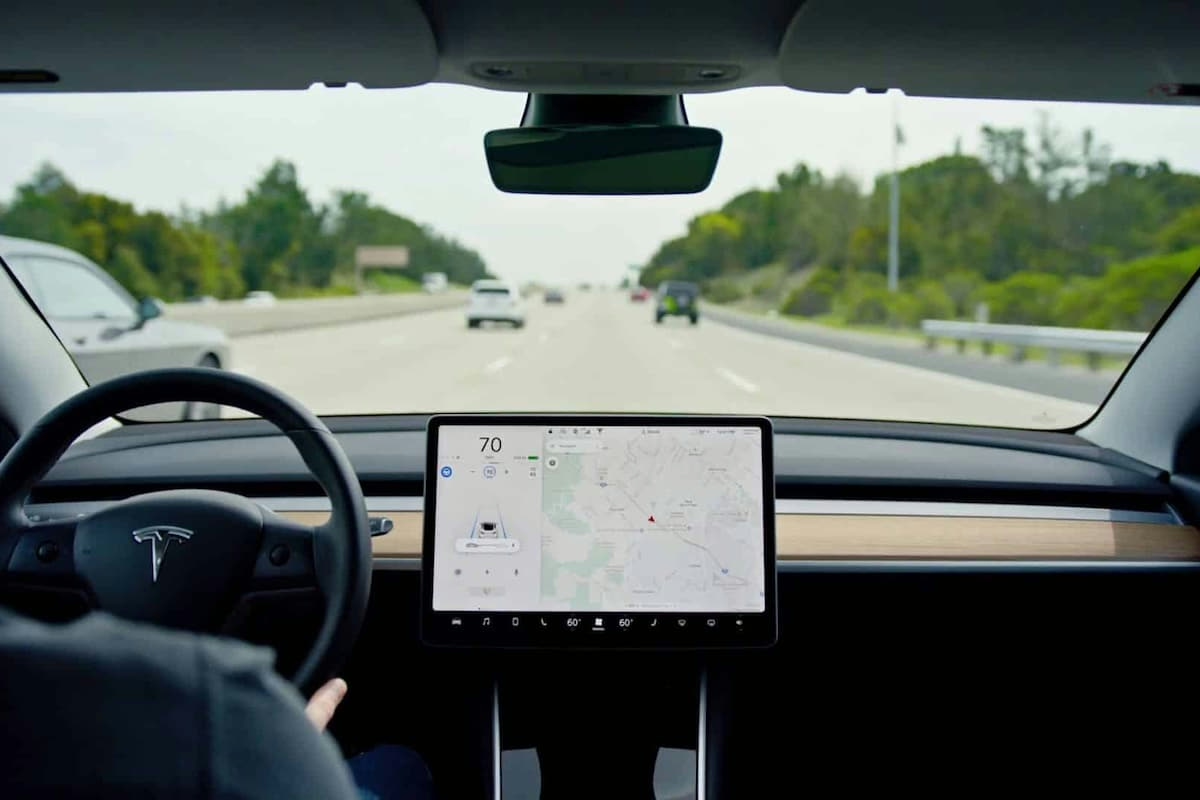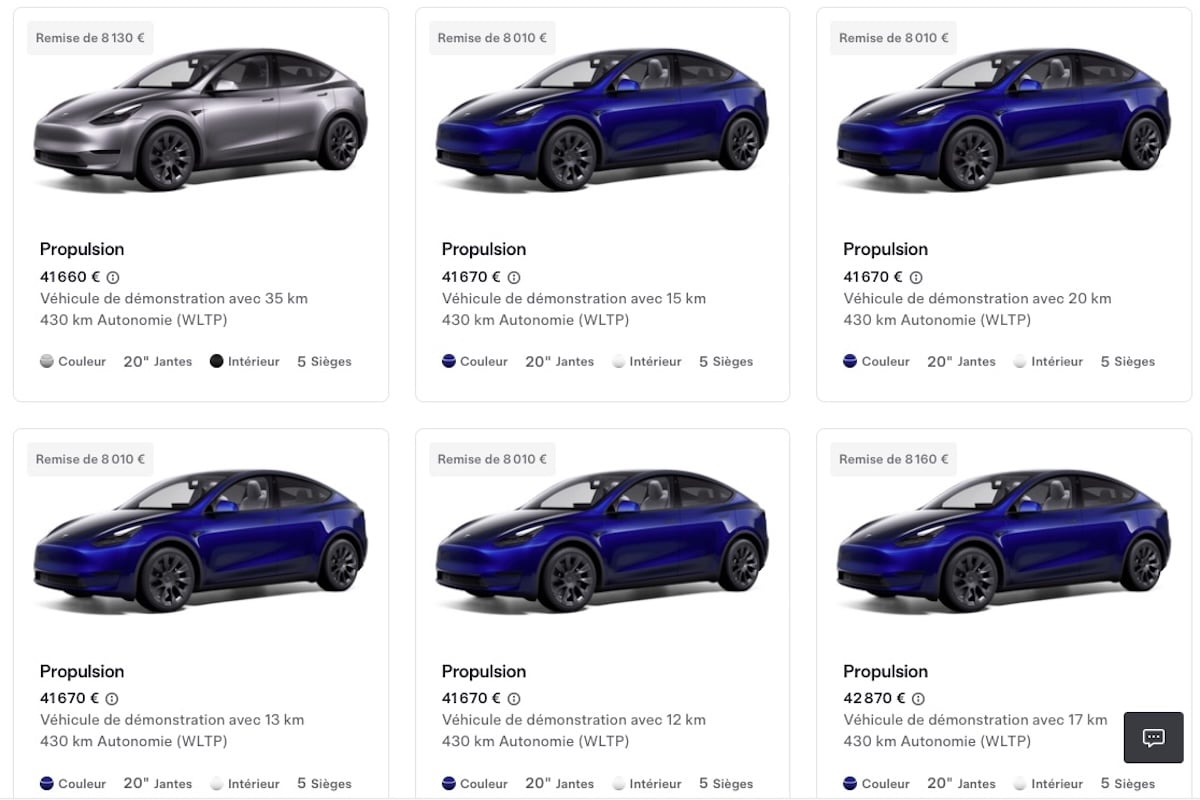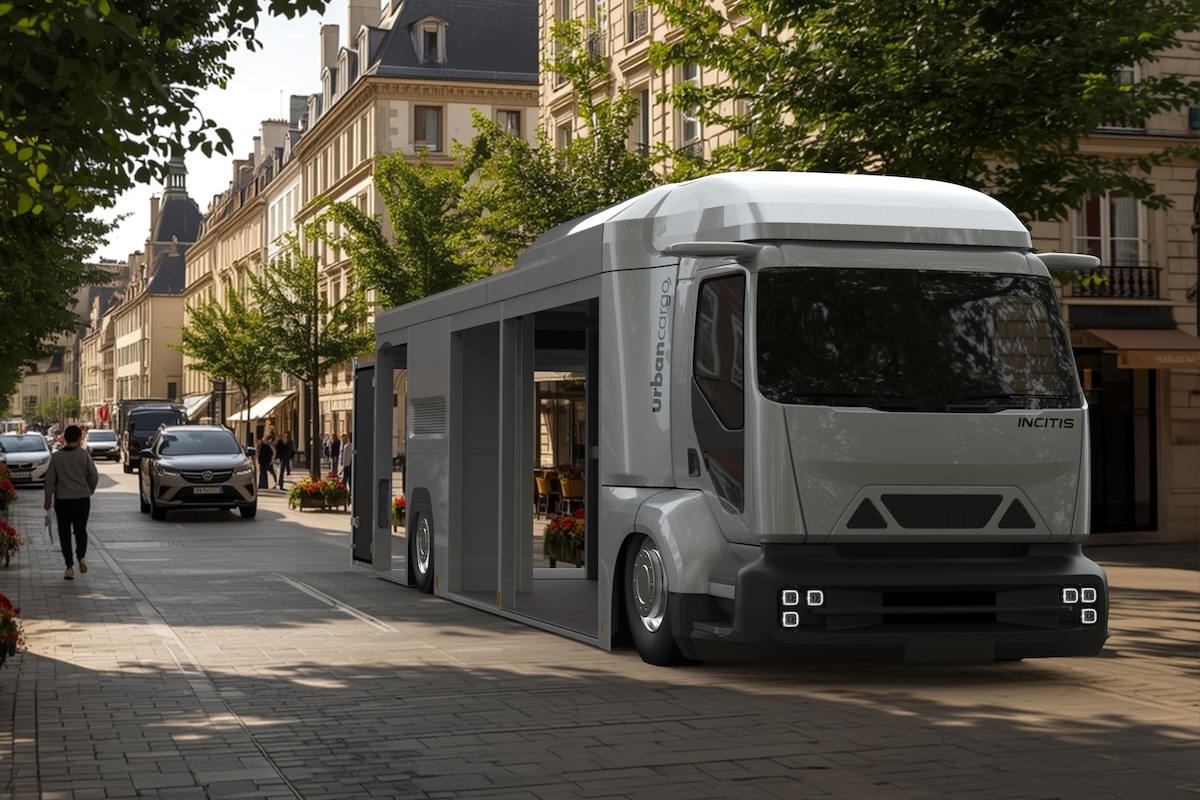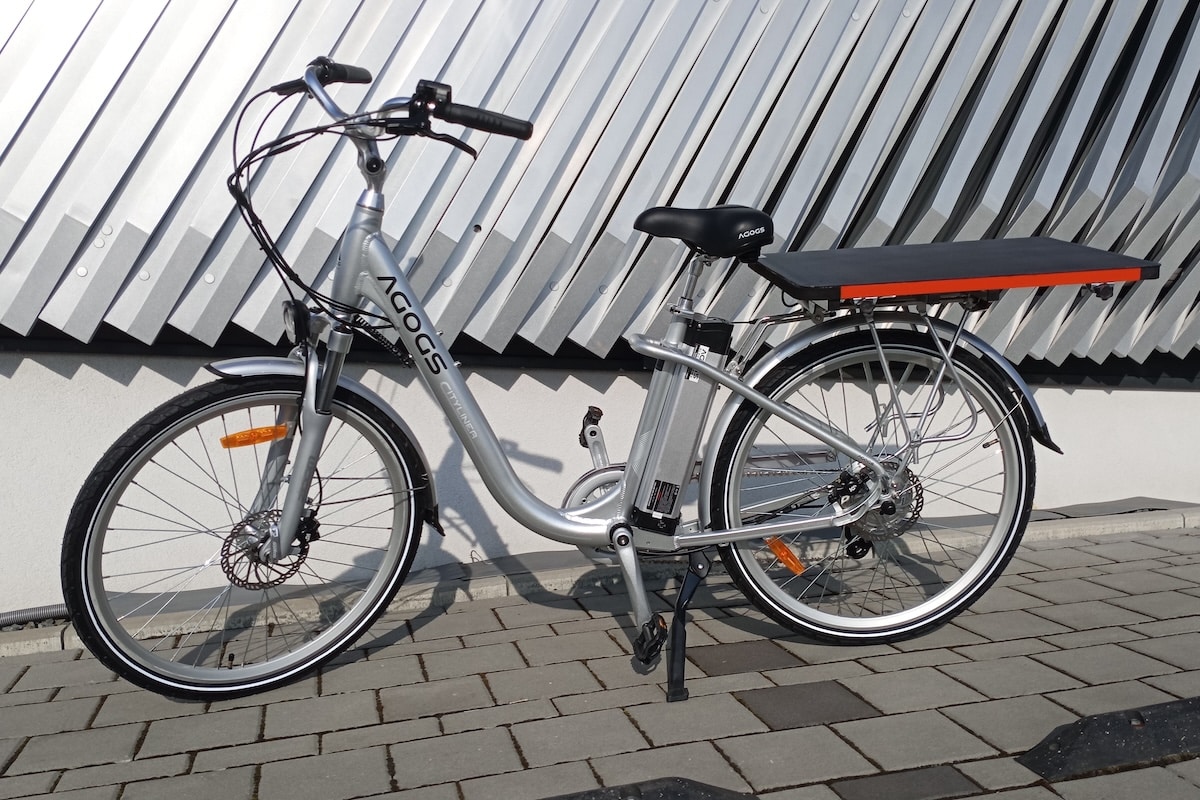Tesla maintains, with supporting data, that humans are more dangerous than artificial intelligence

Tesla recently released a detailed quarterly report outlining the accident frequency for its vehicles, whether equipped with Autopilot or not.
The figures from this Tesla Vehicle Safety Report quarterly report show that cars with Autopilot are involved in accidents ten times less often than the national average. Even Teslas without Autopilot demonstrate safety twice as high compared to the U.S. average, according to NHTSA data.
Although these results seem impressive, it is important to examine these figures critically. Tesla emphasizes that since the first publication of this data in 2018, the miles traveled between accidents have more than doubled for vehicles equipped with Autopilot. In Q1 2025, the brand reports one accident per 7.44 million miles driven with Autopilot, compared to 3.35 million in 2018. However, these numbers should not overlook important nuances. For example, performance remains slightly below the first quarter of 2024 (7.63 million miles between accidents).

However, a vehicle under Autopilot is obligated to adhere to basic driving rules, which may not necessarily be the case for a standard driver. Let’s acknowledge this safety measure as a positive aspect.
AI Technology: a Force for Good or Evil?
Another notable point: Tesla regularly highlights advancements in its safety engineering. The Model Y, for instance, incorporates new features designed to protect occupants and simplify repairs after an accident. However, these innovations should not obscure a fundamental question: the impact of driver-assistance systems on driver attention. Independent studies have already highlighted that excessive trust in systems like Autopilot can lead to decreased vigilance behind the wheel.
Tesla seems proud of its performance, but interpreting these data requires caution and context. If Autopilot genuinely improves safety by reducing accidents, it remains essential to question the role of these technologies in desensitizing drivers to road dangers. A ‘ten times safer’ car does not mean drivers can fully surrender to the machine—a disturbing trend that these reports do not address.
This page is translated from the original post "Tesla maintient, chiffres à l’appui, que l’humain est plus dangereux que l’intelligence artificielle" in French.
We also suggestthese articles:
Also read





